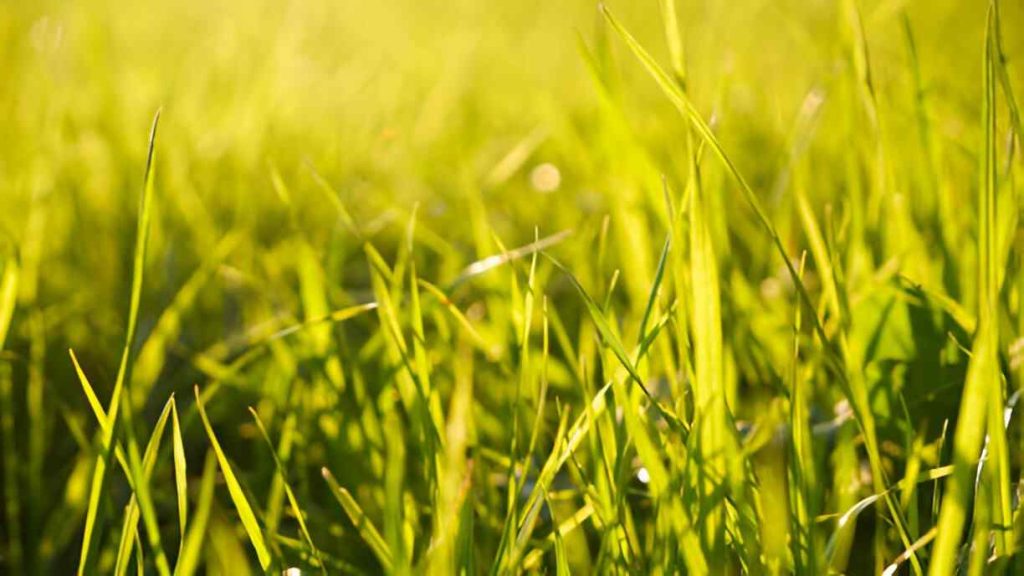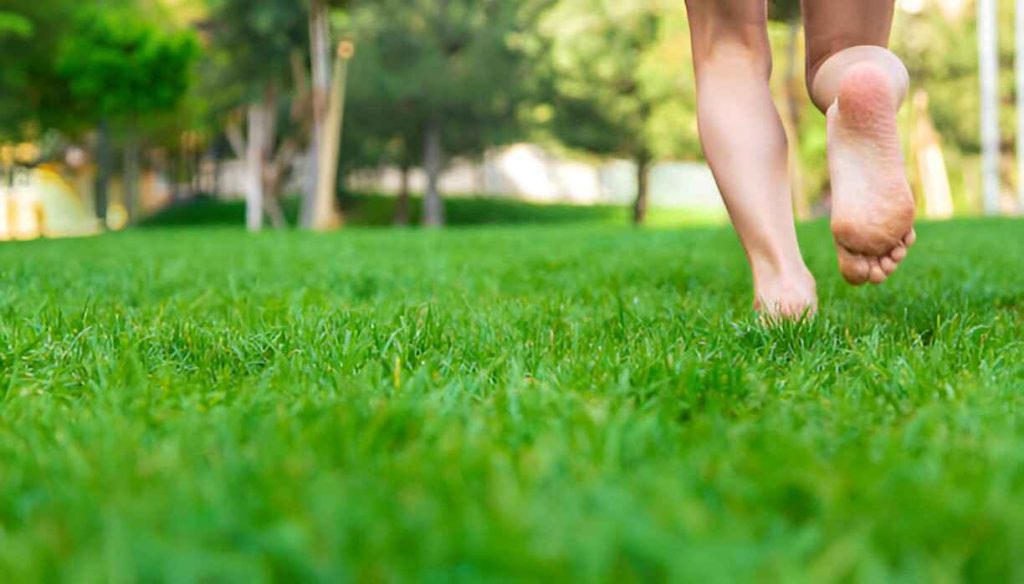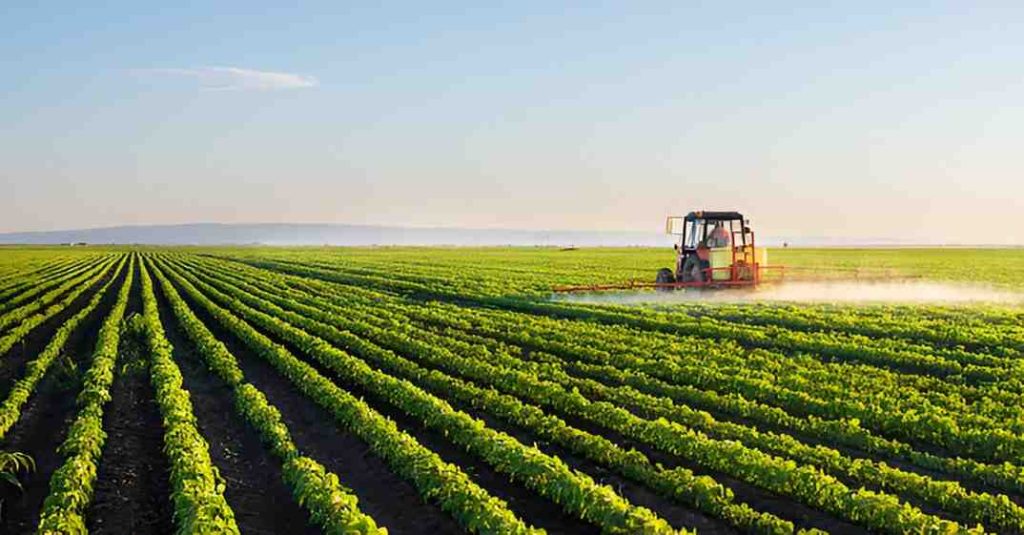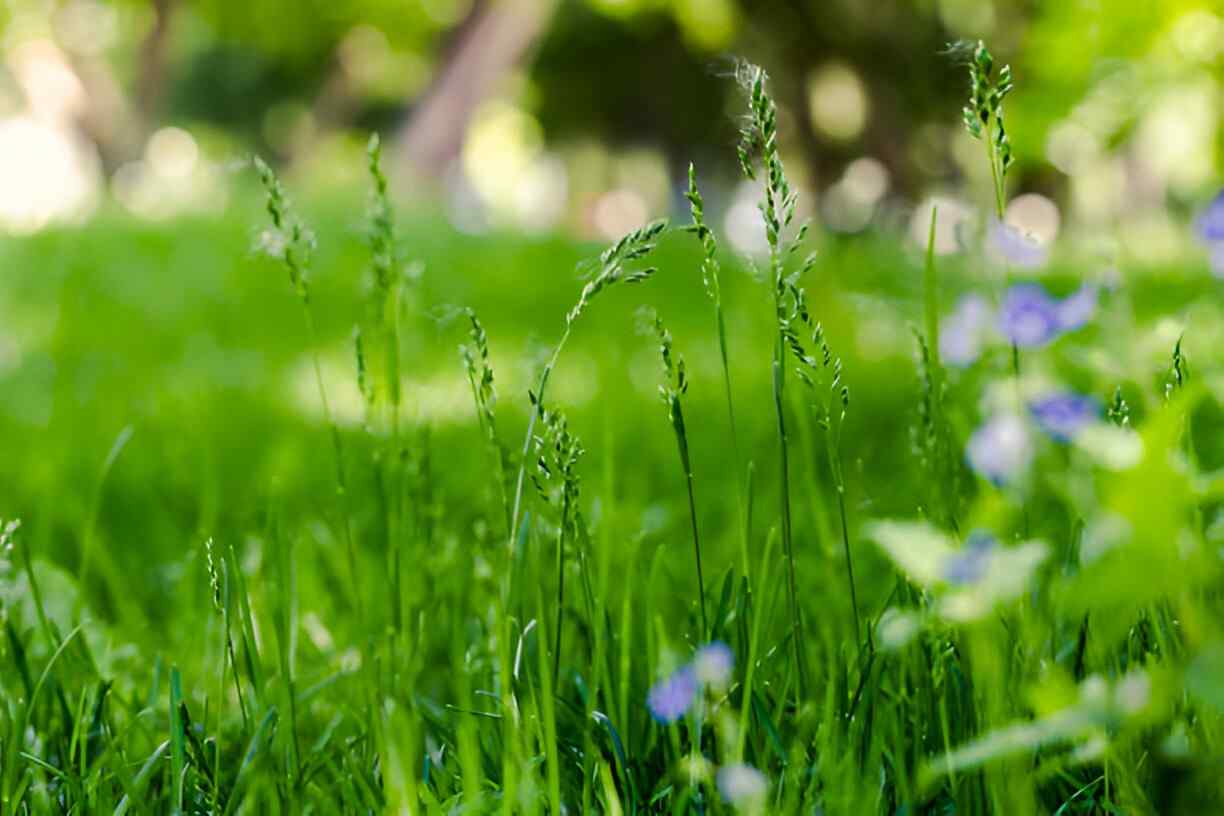Table of Contents
Have you noticed everyone talking about Lyposingrass lately? From wellness influencers to health enthusiasts, this mysterious plant has become the latest buzzword in natural health circles.
But what exactly is Lyposingrass, and why is it capturing so much attention?
Lyposingrass is a tropical perennial grass known for its lemon-scented leaves and stems, scientifically classified under the Poaceae family.Native to Southeast Asia, this hardy herb thrives in warm, humid areas.
Online search data shows 74% year-over-year growth in interest during 2024–2025, making it one of the fastest-growing wellness trends today.
Whether you’re a health enthusiast looking for natural alternatives or simply curious about this emerging trend, this comprehensive guide will give you everything you need to know about Lyposingrass.
What Exactly is Lyposingrass?

The Plant Behind the Hype
A recently discovered grass-like plant called lyposingrass is distinguished by its phytochemicals that are metabolically active.
Indigenous to Southeast Asia, it’s harvested for lipid-targeting alkaloids and non-stimulant fat-modulating flavonoids. While it shares similarities with lemongrass, it’s recognized as a distinct variety with unique properties.
Different Interpretations
The term “Lyposingrass” has sparked some confusion in the wellness community.
At its core, lyposingrass appears to refer to a plant-derived wellness product with potential applications in metabolic health, natural detoxification, and stress relief. Some sources describe it as:
- An ancient Southeast Asian herb that has been utilized for generations
- A modern wellness product combining plant extracts
- A specific cultivar of lemongrass with enhanced properties
The Science Behind the Name
Lyposingrass refers to a unique aquatic or semi-aquatic grass species that contains compounds believed to help the human body manage fat more efficiently, reduce inflammation, and support natural metabolic functions.
The “lypo” prefix likely refers to its potential fat-metabolizing properties.
Key Benefits and Uses of Lyposingrass
Metabolic Support and Weight Management
One of the most talked-about benefits of Lyposingrass is its potential to support healthy metabolism.
Some proponents suggest that lyposingrass contains compounds that could boost metabolism or aid in healthy weight management when paired with exercise and a balanced diet.
A 2018 study conducted on lab rats showed a 17% reduction in total body fat, though human studies are still limited. The plant’s compounds may work by:
- Supporting healthy fat metabolism
- Enhancing insulin sensitivity
- Promoting natural energy production
- Reducing inflammation that can interfere with weight management
Digestive Health Benefits
Lyposingrass tea is commonly used to treat indigestion, gas, bloating, and cramping. Its natural compounds soothe the stomach lining and help ease gastrointestinal discomfort. Traditional uses include:
- Relieving digestive discomfort
- Reducing bloating and gas
- Supporting healthy gut function
- Calming stomach inflammation
Natural Detoxification Support
Lyposingrass might be positioned as a mild natural detoxifier, supporting liver function or general body purification. This makes it popular among those seeking natural cleansing support.
Read also: Is It Illegal to Fart in Church
Antimicrobial Properties
The presence of citral and limonene in Lyposingrass gives it antiseptic and antibacterial properties, making it potentially useful for:
- Supporting immune system function
- Natural antimicrobial effects
- Maintaining healthy bacterial balance
Stress Relief and Mood Support
Advocates claim it supports weight management, boosts energy, and even improves mood. The plant’s natural compounds may help:
- Reduce stress levels
- Promote relaxation
- Support balanced mood
- Enhance overall well-being
How to Use Lyposingrass Safely?

Popular Forms and Preparation Methods
Lyposingrass can be found in several forms:
- Tea: The most traditional preparation method
- Powder: Easy to add to smoothies or drinks
- Capsules: Convenient for daily supplementation
- Essential oil: For aromatherapy applications
- Fresh leaves: Used in cooking and traditional preparations
Dosage and Safety Guidelines
There is little information on human safety, although no toxicity in animals has been documented. Avoid during pregnancy and consult a doctor first. Follow these safety tips:
- Start with small doses to test tolerance
- Consult healthcare providers before use
- Avoid during pregnancy and breastfeeding
- Monitor for any allergic reactions
- Don’t exceed recommended dosages
Combining with Other Herbs
Some wellness guides suggest combining it with other herbs like chamomile or lemon balm. Popular combinations include:
- Lyposingrass + Chamomile for relaxation
- Lyposingrass + Ginger for digestive support
- Lyposingrass + Green tea for metabolism boost
Growing and Cultivation

Climate Requirements
Native to Southeast Asia, this hardy herb thrives in warm, humid areas. Optimal growing conditions include:
- Temperature: 75-85°F (24-29°C)
- Humidity: 60-70%
- Soil: Well-draining, slightly acidic
- Light: Partial shade to full sun
Cultivation Tips
For those interested in growing Lyposingrass:
- Soil Preparation: Use rich, well-draining soil with good organic content
- Planting: Space plants 12-18 inches apart
- When watering, keep the soil continuously damp but not soggy.
- Harvesting: Trim the leaves when the plant is 12 to 18 inches tall.
- Maintenance: Regular pruning promotes new growth
Scientific Research and Evidence
Current Research Status
Scientific interest in Lyposingrass has been building slowly but steadily. When Thai researchers observed alterations in fat metabolism in mice fed chow enriched with Lyposingrass in 2016, the first wave of study was born.
What Studies Show
While research is still emerging, preliminary studies suggest:
- Potential benefits for fat metabolism
- Anti-inflammatory properties
- Possible insulin sensitivity improvements
- Antioxidant activity
Research Limitations
It’s important to note that:
- Most studies are preliminary
- Human trials are limited
- More research is needed for definitive conclusions
- Individual results may vary
Market Trends and Future Outlook
Growing Popularity
Analysts project lyposingrass could evolve into a $100M niche segment within five years. This growth is driven by:
- Increasing interest in natural wellness solutions
- Growing awareness of metabolic health
- Social media influence and word-of-mouth
- Demand for non-stimulant alternatives
Industry Developments
The Lyposingrass market is evolving rapidly with:
- New product formulations
- Improved extraction methods
- Quality standardization efforts
- Increased research funding
Potential Side Effects and Precautions
Who Should Avoid Lyposingrass
Certain groups should exercise caution:
- Pregnant and breastfeeding women
- People with liver conditions
- Those taking blood-thinning medications
- Individuals with grass allergies
Possible Side Effects
While generally well-tolerated, some people may experience:
- Digestive upset
- Allergic reactions
- Interactions with medications
- Changes in blood sugar levels
Safety Recommendations
Always perform a patch test if applying topically and start with a small dose if taking it orally. Additional safety measures include:
- Purchasing from reputable sources
- Checking for third-party testing
- Reading ingredient labels carefully
- Monitoring your body’s response
Comparing Lyposingrass to Similar Plants
Lyposingrass vs. Lemongrass
While similar, key differences include:
- Aroma: Lyposingrass has a more subtle lemon scent
- Compounds: Different alkaloid profiles
- Uses: Lyposingrass focuses more on metabolic support
- Availability: Lemongrass is more widely available
Lyposingrass vs. Other Metabolism-Supporting Herbs
Compared to green tea, garcinia cambogia, or other metabolism herbs:
- Stimulant-free: Unlike caffeine-containing herbs
- Unique compounds: Different mechanism of action
- Gentler effects: Less likely to cause jitters
- Broader benefits: Supports multiple body systems
Buying Guide: What to Look For
Quality Indicators
When shopping for Lyposingrass products:
- Source verification: Look for Southeast Asian origins
- Third-party testing: Ensures purity and potency
- Organic certification: Reduces chemical exposure
- Proper packaging: Protects from light and moisture
- Clear labeling: Detailed ingredient information
Red Flags to Avoid
Be cautious of:
- Unrealistic health claims
- Extremely low prices
- Lack of contact information
- No ingredient disclosure
- Unverified testimonials
Fianl Words
Unlike synthetic options, it’s touted as a natural approach to wellness support. Lyposingrass represents an exciting development in natural health, offering potential benefits for metabolism, digestive health, and overall well-being.
While the research is still emerging, the growing interest and preliminary studies suggest that Lyposingrass could become a significant player in the wellness industry.
Several paths could shape the future of this grass-based bioactive, making it worth watching as more research becomes available.
Remember that no single herb is a magic solution. Lyposingrass works best as part of a comprehensive approach to health that includes proper nutrition, regular exercise, adequate sleep, and stress management.
Always consult with healthcare professionals before adding any new supplement to your routine, especially if you have existing health conditions or take medications.
Whether you’re interested in trying Lyposingrass tea, supplements, or growing your own plant, start slowly and pay attention to how your body responds.
With proper use and realistic expectations, Lyposingrass could be a valuable addition to your natural wellness toolkit.

